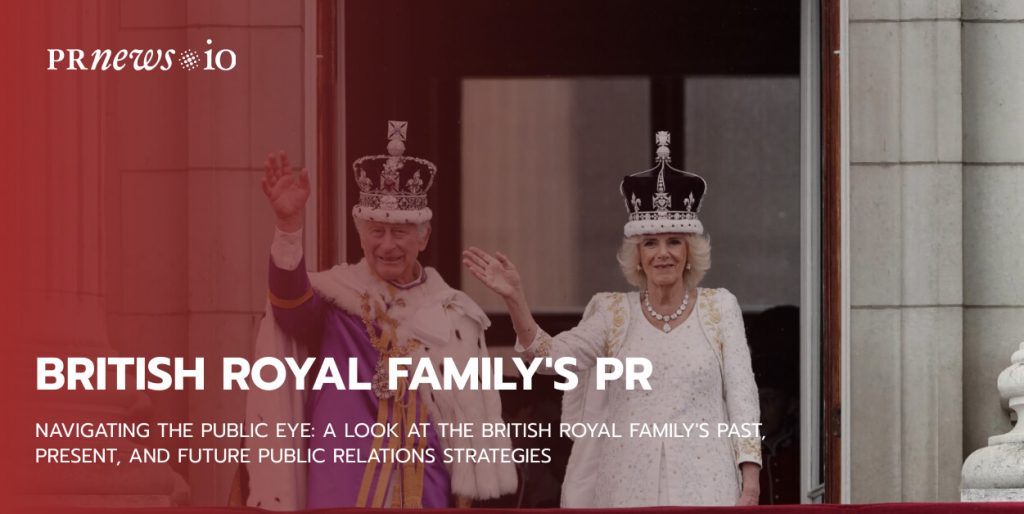
The coronation of King Charles III and Queen Camilla, which took place on May 6, 2023, marked a significant moment in the history of the British monarchy. As the new monarchs of the United Kingdom, the event highlighted the importance of the royal family’s public image and the role of public relations in maintaining it. Throughout the years, the British royal family has had a complex relationship with public relations, with some incidents resulting in negative media coverage while others have been highly successful. In this article, we will examine the history of the royal family’s public relations, the current state of their image management, and the successes and controversies surrounding their public relations campaigns. We will also explore the challenges and opportunities for the royal family’s public relations team in the future
Here are some fun and interesting facts about the British royal family’s public relations:
- The first ever televised royal wedding was that of Princess Margaret and Antony Armstrong-Jones in 1960.
- Princess Diana’s funeral was watched by an estimated 2.5 billion people worldwide, making it one of the most-watched televised events in history.
- The royal family has its own YouTube channel, which features behind-the-scenes footage and other exclusive content.
- In 2018, Prince Harry and Meghan Markle announced their engagement via social media, a departure from tradition where such announcements were made through more formal channels.
- The royal family’s official website includes a section called “The Firm”, which is a nickname for the royal family coined by Prince Philip.
- In 2019, the royal family hired a social media manager to oversee their various social media accounts and engagement strategies.
- The Queen is known for her iconic handbag, which is often used to send signals to her staff or to indicate that she is ready to move on from a conversation.
- The royal family’s public relations team manages a vast array of events and engagements, including state visits, royal weddings, and charity fundraisers.
- The royal family’s public relations team is also responsible for managing relationships with the media, arranging interviews and press conferences, and issuing statements on behalf of the family.
History of the British royal family’s public relations
Early days of the royal family’s image management:
The British royal family has been managing its image for centuries, with a focus on projecting an image of dignity, stability, and continuity. In the early days of the monarchy, the royal family used portraits, propaganda, and grand public events to build their image and maintain their power. However, it wasn’t until the advent of modern mass media that the royal family’s image management became more sophisticated.
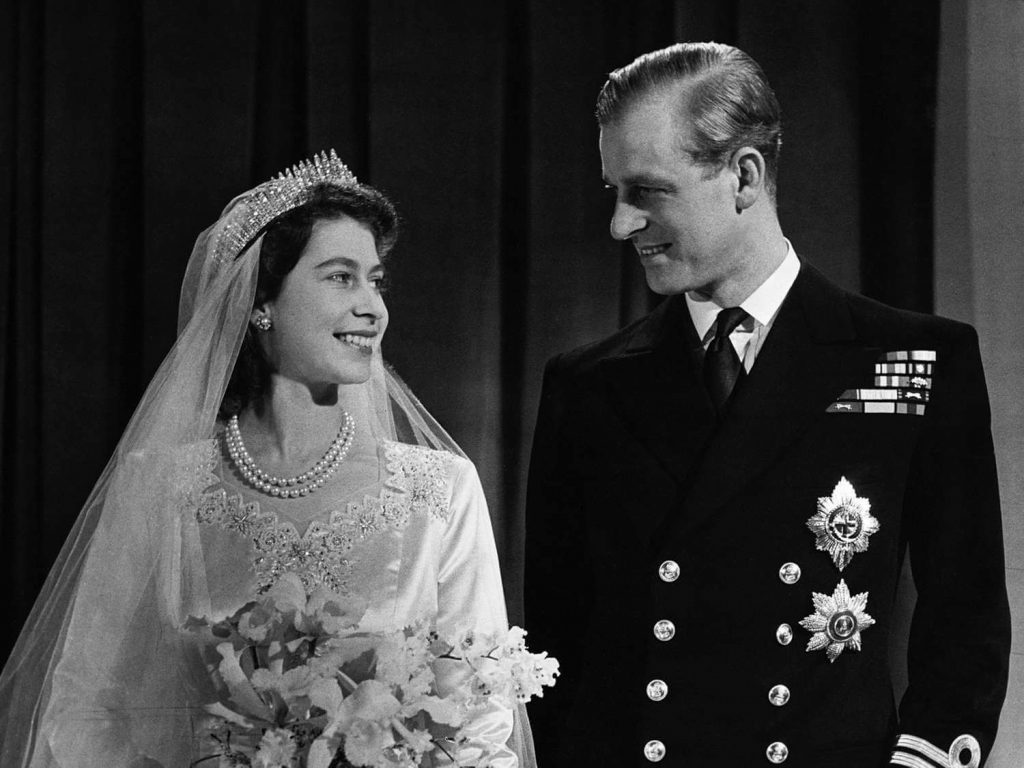
Modernization of the royal family’s public relations in the 20th century:
In the 20th century, the royal family’s public relations underwent a significant modernization, with the appointment of public relations professionals to manage the family’s image. One of the most significant changes was the introduction of television, which gave the royals a new platform to communicate with the public. The Queen’s first televised Christmas message in 1957 was a milestone in royal communication, and the annual address remains a tradition to this day.
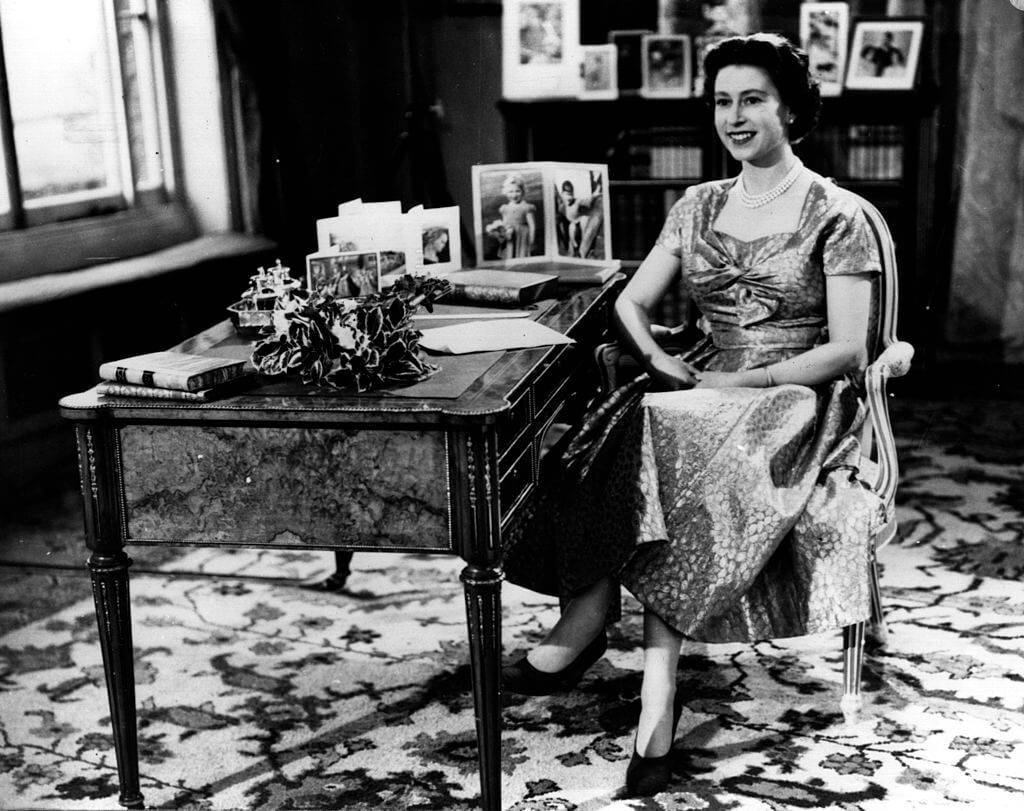
The royal family’s public relations team also began to use photo opportunities, press releases, and carefully orchestrated public appearances to shape the public’s perception of the royals. By the 1980s, the royal family’s public relations strategy was well-established, with a team of professionals dedicated to managing the family’s image.
Diana, Princess of Wales and her impact on the royal family’s public relations:
Princess Diana’s marriage to Prince Charles in 1981 marked a turning point in the royal family’s public relations. Diana was a media-savvy individual who understood the power of the press and the importance of image management. She used her public appearances and media interviews to promote her charitable causes and humanize the royal family, which endeared her to the public.
However, the media attention surrounding Diana’s personal life, including her divorce from Prince Charles, led to negative publicity for the royal family. Diana’s death in 1997 marked another significant moment in the history of the royal family’s public relations, with the public’s outpouring of grief leading to a new wave of public sympathy for the monarchy.
In summary, the history of the British royal family’s public relations has been shaped by the changing media landscape and the role of modern mass media. The royal family’s image management has become more sophisticated over time, with the introduction of television and the appointment of professional public relations experts.
Successful public relations campaigns by the royal family
Royal weddings and the impact on the royal family’s image:
One of the most significant public relations successes for the royal family is the impact of royal weddings on the family’s image. The wedding of Prince Charles and Lady Diana Spencer in 1981 was watched by millions of people around the world, and the public’s fascination with the young couple helped to boost the monarchy’s popularity.

Similarly, the wedding of Prince William and Kate Middleton in 2011 was a global media event, with the couple’s modern and relatable image helping to boost the royal family’s popularity with younger generations. The wedding of Prince Harry and Meghan Markle in 2018 also had a positive impact on the royal family’s image, with the couple’s inclusive and modern approach to the wedding resonating with a global audience.
The Queen’s Diamond Jubilee celebrations:
The Queen’s Diamond Jubilee celebrations in 2012 were another successful public relations campaign for the royal family. The celebrations marked the Queen’s 60th year on the throne and included a range of public events and ceremonies, including a flotilla on the River Thames and a concert at Buckingham Palace. The events were widely covered by the media and helped to reinforce the image of the Queen as a stable and dedicated monarch.
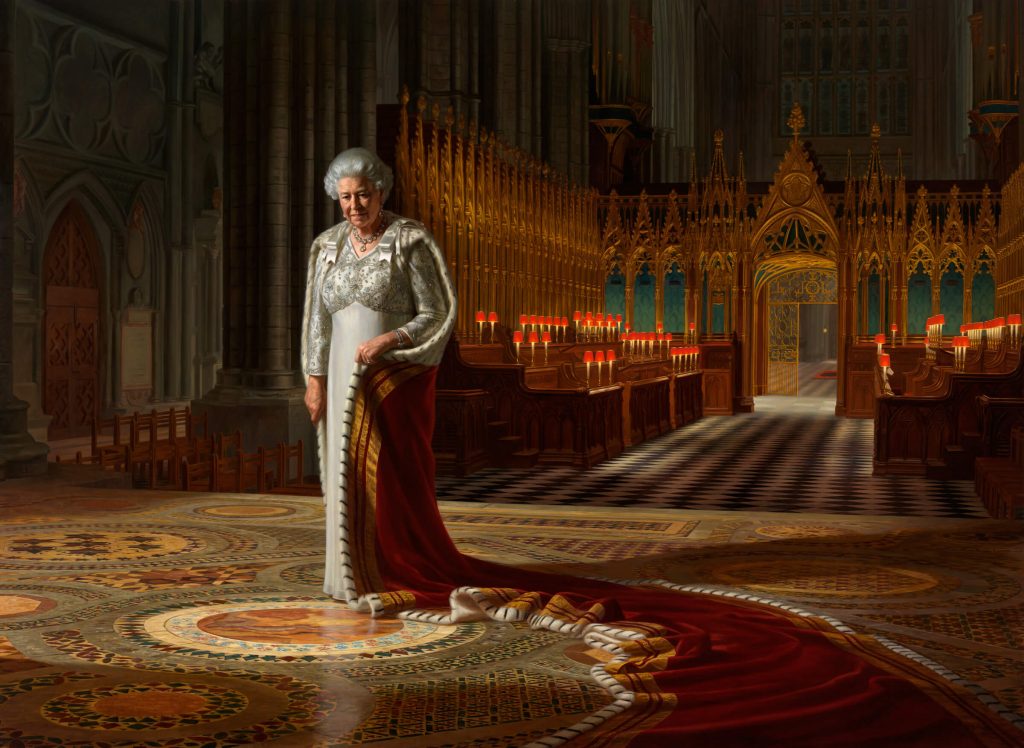
Prince Harry and Meghan Markle’s wedding and the impact on the royal family’s image:
The wedding of Prince Harry and Meghan Markle in 2018 was another successful public relations campaign for the royal family. The couple’s wedding was seen as a modern and inclusive event, with the inclusion of elements such as a gospel choir and a sermon by an American bishop. The wedding also helped to showcase the royal family’s commitment to diversity and inclusivity, with Meghan Markle being the first mixed-race member of the royal family.
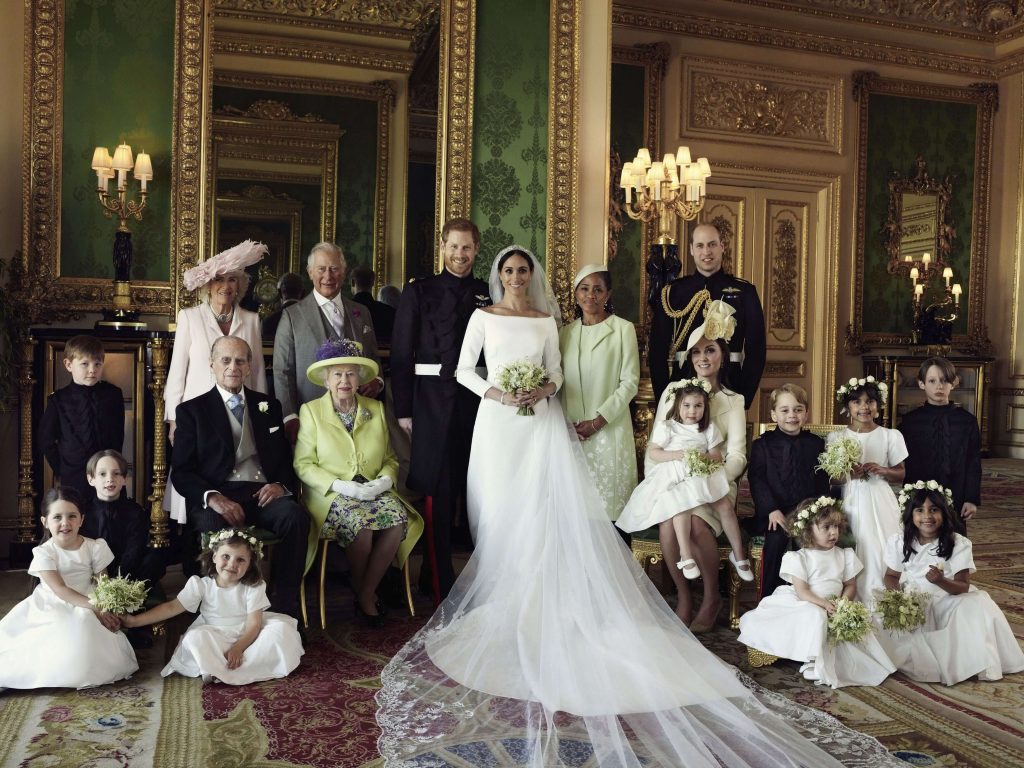
Coronation of King Charles III and Queen Camilla as a Successful public relations campaign:
The coronation of King Charles III and Queen Camilla is a significant public relations success for the royal family. The coronation is a ceremonial event that showcase the continuity and stability of the monarchy, while also presenting a modern and inclusive image of the royal family.
The coronation is also an opportunity for the royal family to showcase their charitable work and public engagements, with the event likely to include elements of philanthropy and community service.
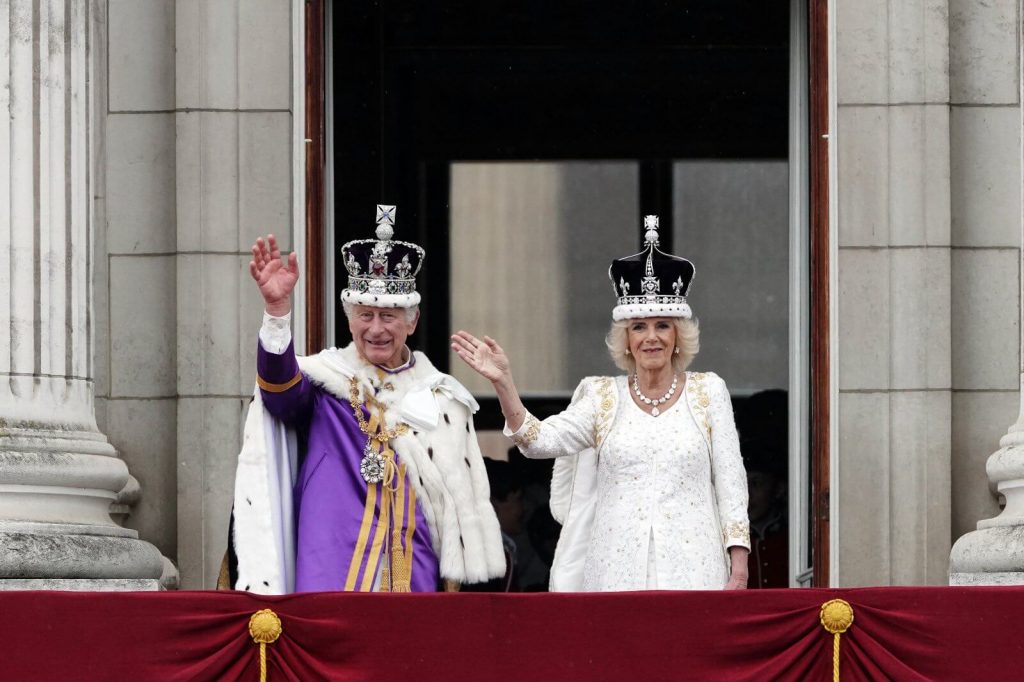
Controversial public relations incidents involving the royal family
While the royal family has had several successful public relations campaigns in recent years, there have also been several controversial incidents that have caused significant public relations challenges for the family.
Prince Andrew’s association with Jeffrey Epstein:
One of the most significant controversies involving the royal family in recent years is Prince Andrew’s association with convicted sex offender Jeffrey Epstein. The association has been widely criticized, with Prince Andrew being accused of being involved in Epstein’s alleged sex trafficking network. Prince Andrew’s attempts to address the issue in a televised interview were widely criticized, with many feeling that the interview was a public relations disaster that only made matters worse.

Harry and Meghan’s departure from the royal family and their subsequent interviews:
Another significant public relations challenge for the royal family in recent years was the departure of Prince Harry and Meghan Markle from the royal family. The couple’s subsequent interviews and public statements have been controversial, with some feeling that they have been overly critical of the royal family and its traditions. The couple’s allegations of racism and lack of support from the royal family have caused significant damage to the family’s reputation, with many feeling that the couple’s comments have been disrespectful and divisive.
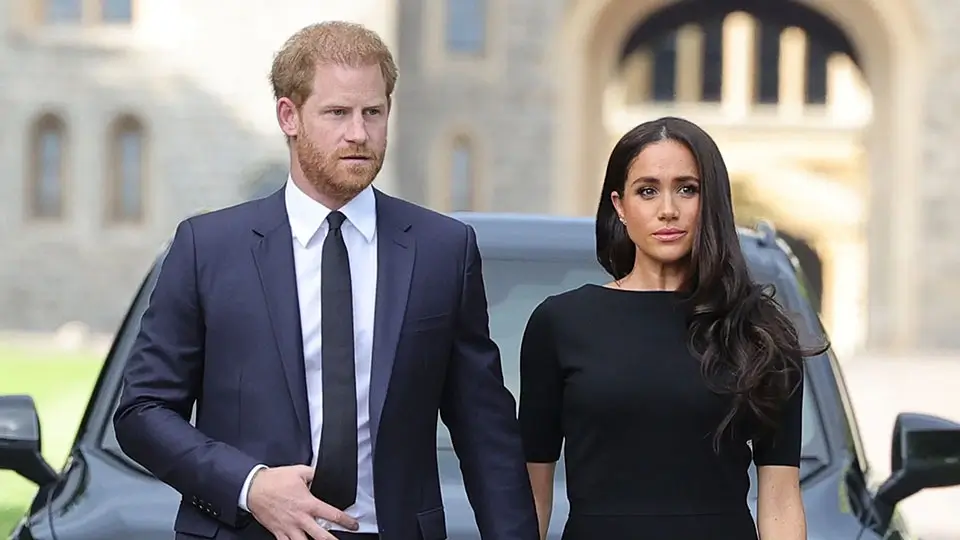
Prince Philip’s gaffes and public relations blunders:
Prince Philip, the husband of Queen Elizabeth II, has been responsible for several public relations blunders over the years. The Prince has been criticized for making insensitive and inappropriate comments, with many feeling that his comments have been disrespectful and offensive. While Prince Philip’s gaffes may not be as significant as the other controversies involving the royal family, they have still caused damage to the family’s reputation and have made it difficult for the family to maintain a positive public image.
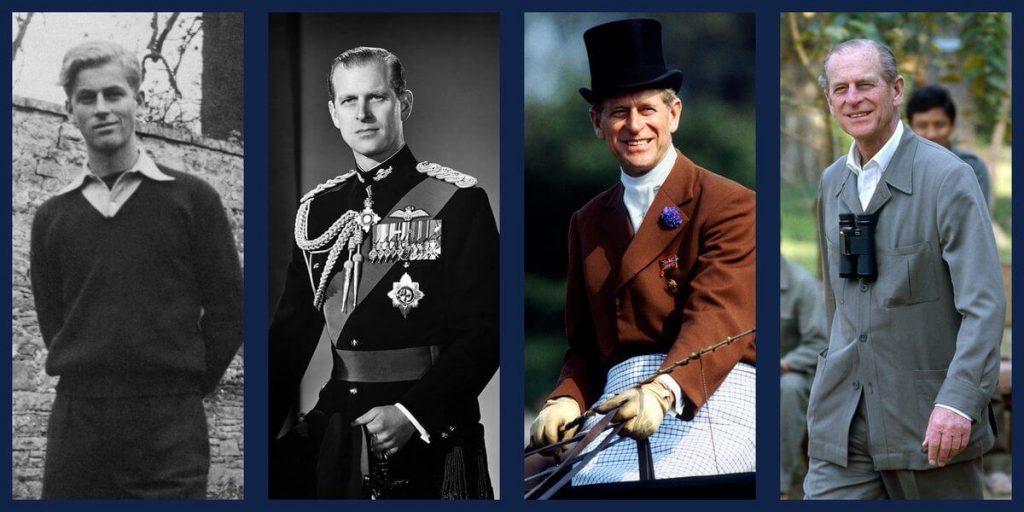
Current state of the British royal family’s public relations
The current state of the British royal family’s public relations is characterized by a mix of traditional and modern strategies. The royal family’s public relations team comprises a range of key players, including the Communications Secretary, who manages the family’s public affairs, and the Director of Royal Communications, who oversees the family’s media relations.
The royal family has also embraced social media, with the official royal accounts on platforms such as Twitter and Instagram. The use of social media has allowed the royals to connect with a wider audience and showcase their charitable work and public engagements. The younger members of the royal family, including Prince William, Prince Harry, and their spouses, have been particularly active on social media, using their platforms to promote their charitable causes and connect with their followers.
The Queen’s handbag as a distinctive feature of her public appearances
The Queen’s handbag was a distinctive feature of her public appearances and had become an iconic symbol of her style. The handbag was often seen hanging from her left arm and was usually a simple, structured black leather purse with a single top handle.
One of the interesting aspects of the Queen’s handbag was its practical use. It was said that the Queen used her handbag to send signals to her staff. For example, if she moved her handbag from one arm to the other, it may have indicated that she was ready to end a conversation. If she placed her handbag on the floor, it may have signaled that she was uncomfortable or wanted to be moved along from a particular situation.
In addition to its practical use, the Queen’s handbag also became a symbol of her fashion sense. She was known for her love of classic, timeless pieces and her handbag was no exception. The simple, understated design of the handbag reflected her preference for understated elegance.
Overall, the Queen’s handbag was a unique and interesting feature of her public image, and one that had become an important part of her iconic style.

Challenges faced by the royal family’s public relations:
The royal family’s public relations team faces several challenges in managing the family’s image in today’s media landscape. One of the most significant challenges is the rapid pace of news and the 24-hour news cycle, which makes it difficult to control the narrative and respond to negative publicity quickly.
The media’s interest in the private lives of the royals also presents a challenge for the family’s public relations. In recent years, there have been several high-profile scandals involving members of the royal family, such as Prince Andrew’s association with convicted sex offender Jeffrey Epstein. Such scandals have led to negative media coverage and damaged the monarchy’s reputation.
Moreover, the younger members of the royal family have received both positive and negative media attention, with criticism often centering around their use of private jets and perceived lavish lifestyles. The royal family’s public relations team must strike a balance between showcasing the family’s charitable work and promoting their public engagements while addressing negative publicity and criticism.

PR lessons that can be learned from the British royal family:
- Embrace change and innovation to stay relevant
- Prioritize transparency and openness to build trust with the public
- Focus on philanthropic work and community service to reinforce positive values
- Be aware of and responsive to public sentiment and feedback
- Leverage high-profile events, such as royal weddings or jubilees, to generate positive media attention
- Address controversies and negative publicity in a timely and respectful manner
- Maintain consistency and continuity in messaging and branding
- Utilize social media and other digital platforms to reach new audiences and engage with the public
- Develop strong relationships with journalists and media outlets to ensure accurate and positive coverage
- Recognize the importance of storytelling and narrative in shaping public perception.

Conclusion
One of the main challenges facing the royal family’s public relations team is the need to stay relevant in a rapidly changing media landscape. With the rise of social media and the decline of traditional media outlets, the royal family will need to find new ways to engage with the public and promote its message.
Another challenge facing the royal family’s public relations team is the need to navigate changing social and cultural norms. As society becomes more diverse and inclusive, the royal family will need to ensure that its public image reflects these values and that it remains relevant to a broader range of people.
Finally, the royal family’s public relations team will need to address ongoing controversies and negative publicity surrounding the family, such as the controversies surrounding Prince Andrew and Harry and Meghan. These issues will need to be addressed in a way that is both respectful to the individuals involved and consistent with the values and mission of the royal family.
Content Marketing Platform
- 100,000+ media publications;
- get backlinks to your product;
- scale work with content distribution.





